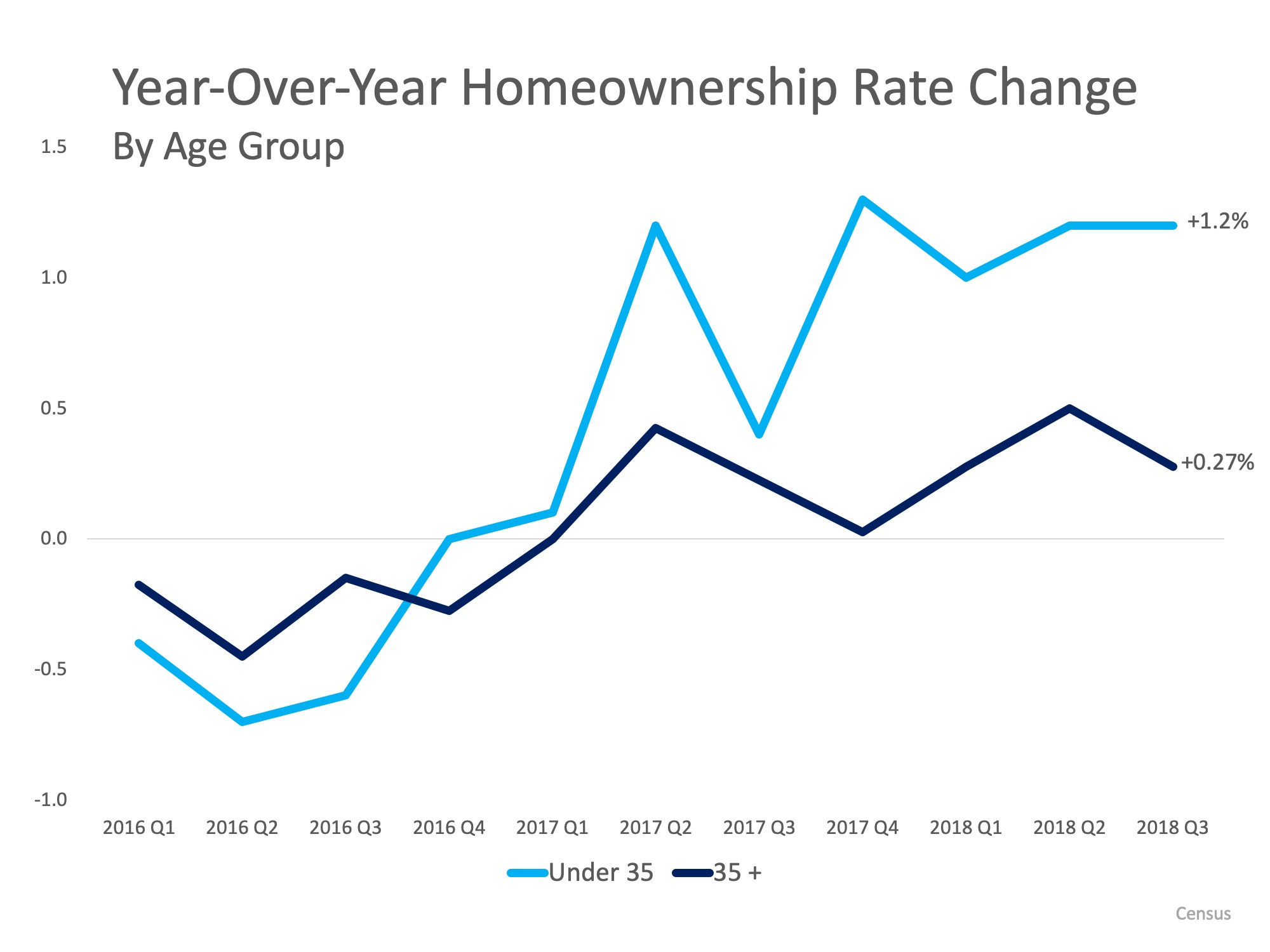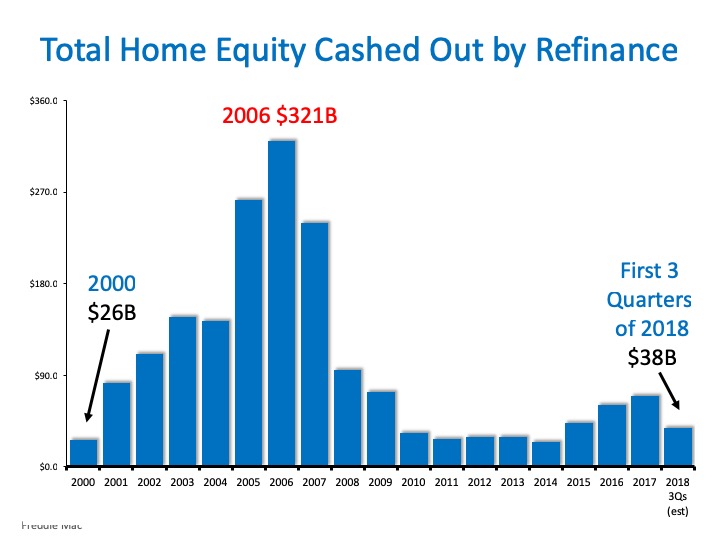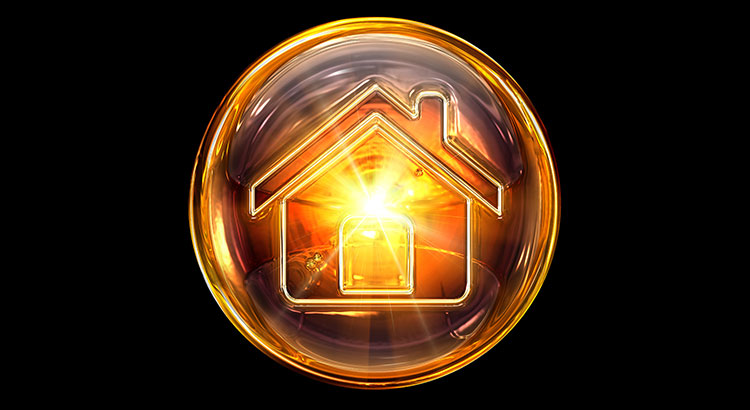
Last week, the National Association of Realtors (NAR) released their most recent Existing Home Sales Report. According to the report:
“The median existing-home price for all housing types in January was $240,500, up 5.8 percent from January 2017 ($227,300). January’s price increase marks the 71st straight month of year-over-year gains.”
Seventy-one consecutive months of price increases may have some concerned that current home values may be overinflated.
However, at the same time, Zillow issued a press release which revealed:
“If the housing bubble and bust had not happened, and home values had instead appreciated at a steady pace, the median home value would be higher than its current value.”
Here are two graphs that help show why home prices are exactly where they should be.
The first graph shows actual median home sales prices from 2000 through 2017.
By itself, this graph could heighten concerns as it shows home values rose in the early 2000s, came tumbling down and are now headed up again. It gives the feel of a rollercoaster ride that is about to take another turn downward.
However, if we also include where prices would naturally be, had there not been a boom & bust, we see a different story.
The blue bars on this graph represent where prices would be if they had increased by the normal annual appreciation rate (3.6%). By adding 3.6% to the actual 2000 price and repeating that for each subsequent year, we can see that prices were overvalued during the boom, undervalued during the bust, and a little bit LOWER than where they should be right now.
The above charts reflect on national numbers as reported by the National Association of realtors. To get a better perspective and see what southern California numbers look like I have the chart below with data from CRMLS that currently incorporates most of southern California.
This puts us with decent 9.8% appreciation from Feb 2017 to Feb 2018. We are overall just getting back to pre crash home values so we should still have room to catch up to standard appreciation values.
Bottom Line
Based on historic appreciation levels, we should be very comfortable that current home values are not overinflated.
Selling a home
Here are some reports on systems that we use to help a homeowner get up to 18% more when they sell with us:
Get our Maximum Payoff Guide for Sellers as seen on Amazon.com FREE
or go to http://wesellhomesformore.com/ for more information on our selling process and why we sell for more.
Curious about what your home is worth goto http://www.socalhomevaluenow.com/ and find out instantly. This will give you a rough estimate on what your home is worth. For an accurate home value contact me directly for a free home value assessment.
Text Sell to 951-395-8057 and learn more about why you should sell your home with Team Olsewski.
Buying a home
If you are looking to buy a home whether its your 1st or 20th its important to choose the right agent. This decision could cost your thousands of dollars! Go to www.why-buy-with-us.com and see how we can help you!
Text Buy to 951-395-8057 and learn more about why you should buy your home with Team Olsewski.
Search for a home
Temecula | Murrieta | Menifee | Wildomar | Lake Elsinore | Corona | French Valley | Hemet | San Jacinto | Perris | Moreno Valley | Fallbrook




















